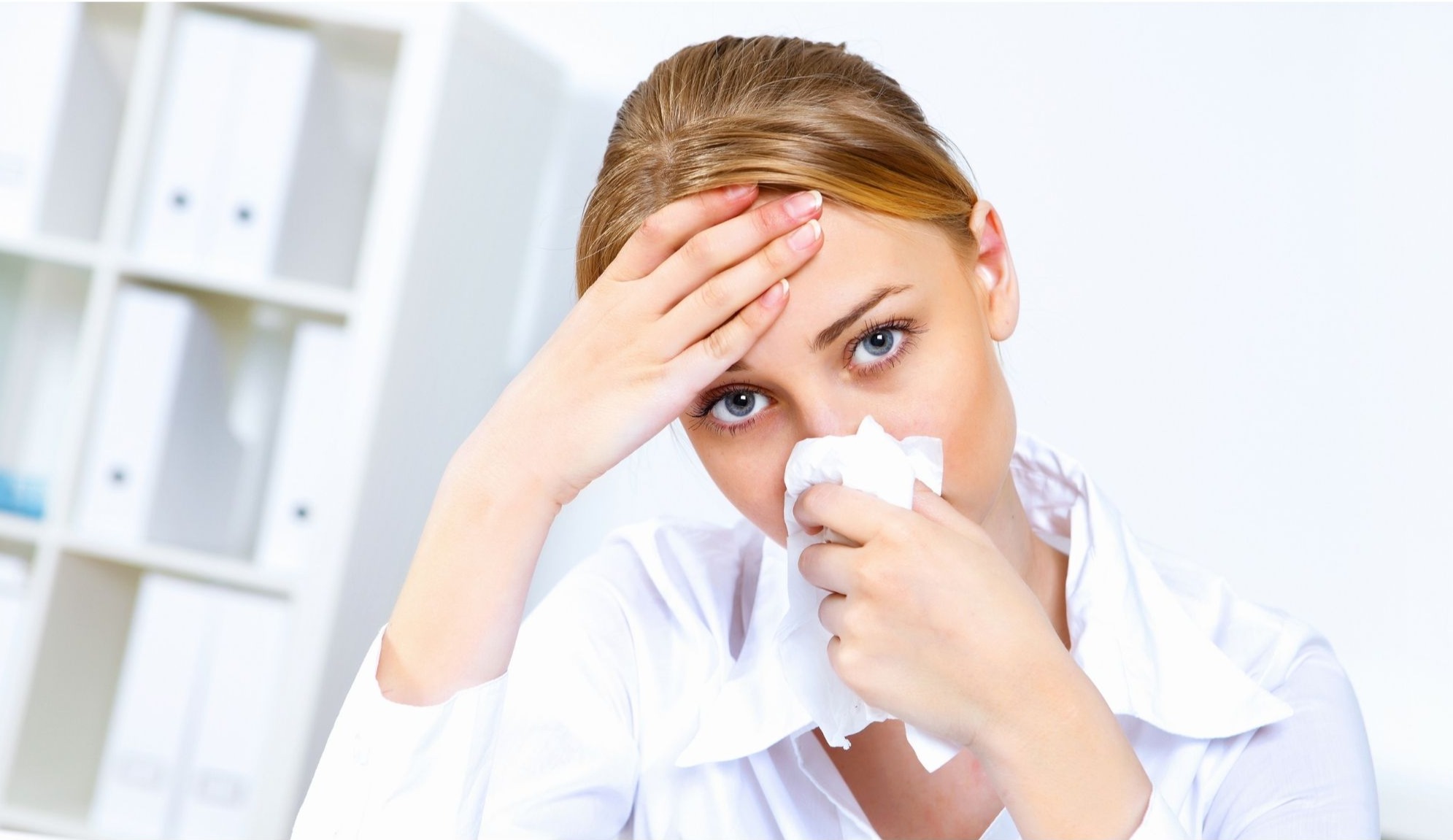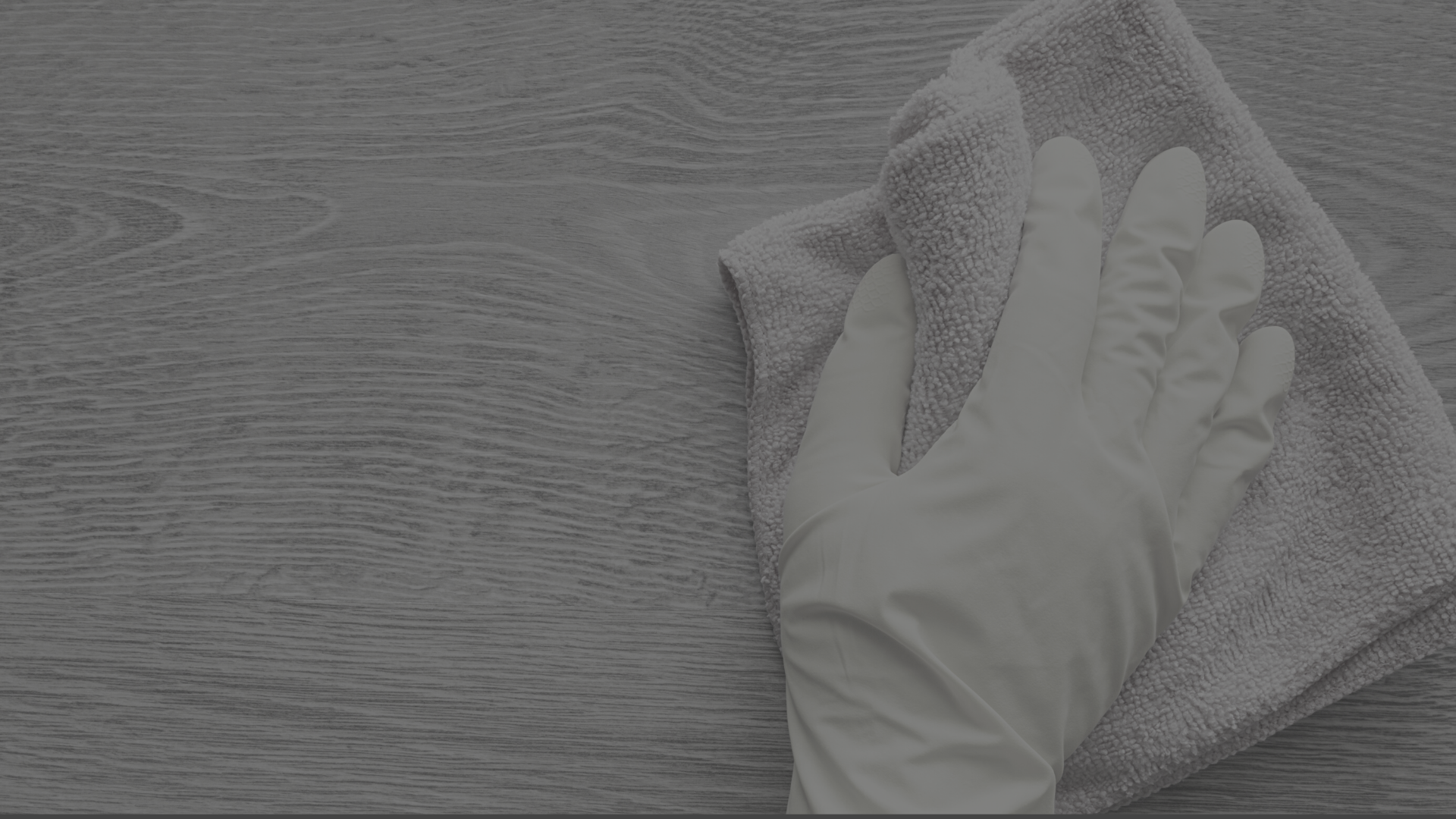
How to Reduce Common Allergies in the Workplace
Enough talk about Covid-19. Let’s talk about allergies!
Unfortunately, allergies are so commonplace that they often take a backseat to other cleaning priorities, but you may want to reconsider that approach. The Asthma and Allergy Foundation of America estimates that over 50 million Americans have allergies, the results of which cost our economy an average of $18 billion per year. Eighteen billion!
It makes sense, right? The congestion, irritated eyes, sneezing, and fatigue caused by allergies would throw anyone off their game, and because these symptoms appear so similar to a cold or the flu, employees may take unnecessary sick days to avoid passing their “germs” on to coworkers. So make no mistake, reducing allergies in the workplace is another way of optimizing your resources.
Below we cover some of the most common allergens causing those negative reactions in your employees, and what you can do to mitigate them.
Pollen
Pollen from local trees, grass, and other plants is an extremely common allergy, and it hits hardest during the spring and summer. To reduce its impact on your employees, you’ll want to do everything you can to improve the air quality in your workplace, including keeping windows closed and consistently running your HVAC system. While you’re at it, be sure to invest in high-quality filters to further purify the air.
Dust
Many of the air quality best practices listed above apply to dust mites too. You’ll also want to make sure that your cleaning crew is paying extra attention to carpeted areas, which are breeding grounds for this allergen. They should be using a green cleaning product (rather than a dry rag) to dust tables and monitors, as well as a vacuum with a filtering system to ensure they’re actually capturing those particles and not stirring them back into the air.
Pet Dander
This one is a real bummer. Everyone loves Bring Your Pet To Work Day! Well, everyone except those individuals who are unlucky enough to be allergic to pet dander. If pets are a must, be sure to keep them contained in a certain area and conduct a thorough cleaning afterward.
Harsh Chemicals and Strongly Scented Products
Many harsh cleaning chemicals contain volatile organic compounds or VOCs, which are known to cause a negative reaction when inhaled or coming in direct contact with skin. Opt for green products that are effective without being harmful. And steer clear of cleaning products and air fresheners with strong scents, which can cause respiratory irritation as well.
Mold
To keep mold in check, you’ll want to keep humidity low and ensure air is circulating consistently. Double-check with your cleaning crew that the cleaners they’re using in your bathrooms contain mold inhibitors, and in the event of flooding, whether it be a burst pipe or natural disaster, proactively replace any saturated carpet.
Next steps…
Connect with your cleaning company to understand what they’re doing to manage these common allergens, and request they make it a priority if they haven’t already. The person or team responsible for managing your building can also provide insight into your windows, doors, airflow, HVAC system, and other factors that are coming into play.
You may also want to consider gathering information from your employees. Knowing who has allergies, what they’re allergic to, and the severity of their allergic reactions can help you prevent and/or be prepared for a severe allergic reaction.
At the end of the day, you want your employees to feel their best so that they can do their best.


